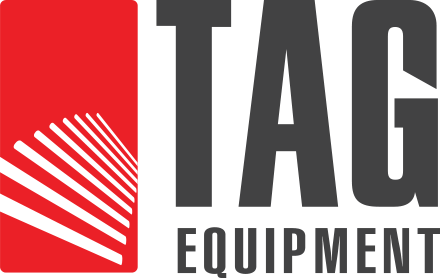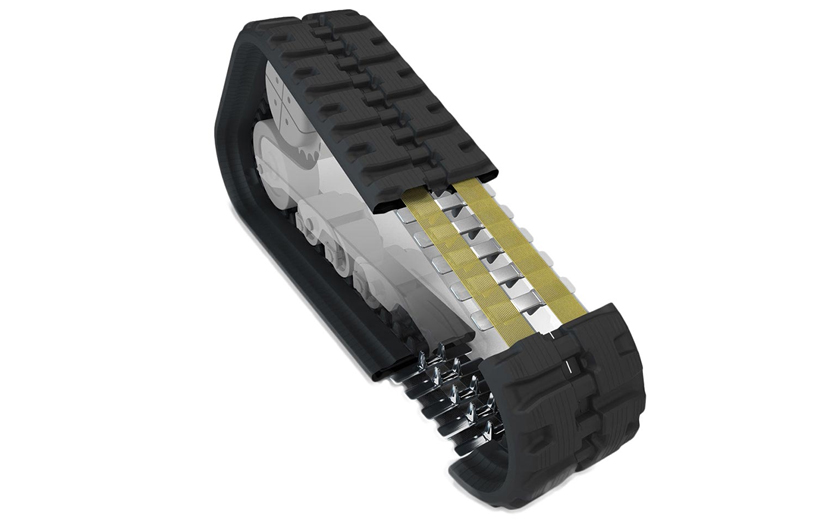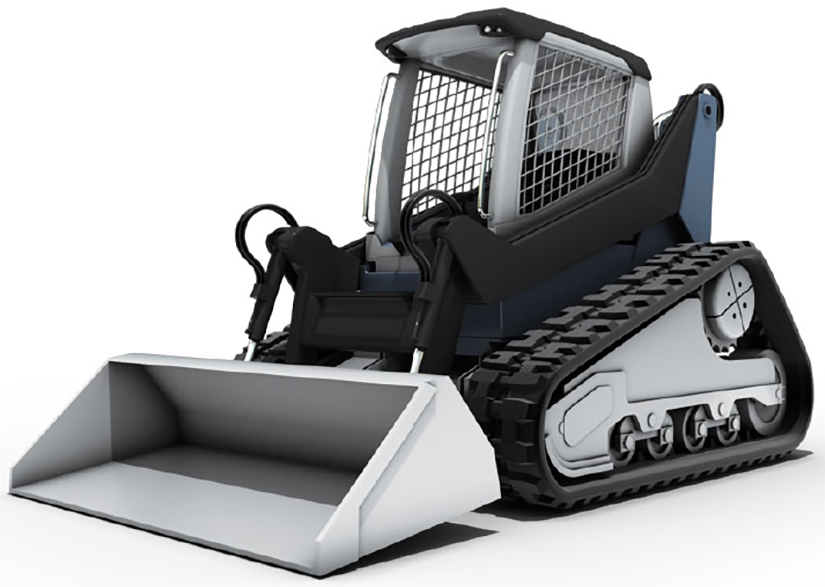As a diligent skid steer owner in Canada, where environmental conditions can uniquely affect your equipment, safeguarding the longevity and efficiency of your rubber tracks is paramount. A proactive approach to wear and care saves you money and guarantees your skid steer loader’s safety and optimal performance. T This guide delves into maintaining your rubber tracks, meticulous undercarriage care, navigating slopes with finesse, and provides a detailed step-by-step guide for continuous track installation and removal.
Guidelines For Maintaining Your Skid Steer Rubber Tracks
Regular Inspection
A thorough inspection of your rubber tracks can help enhance their longevity. Examine them for cuts, tears, or any subtle signs of wear. Identifying potential issues before they escalate ensures your compact equipment is ready for optimal performance during every task. Doing so can also help you prevent expensive downtime.
Proper Track Tension
The correct track tension is the linchpin for high skid steer performance. Over-tensioned or loose tracks can lead to accelerated wear and reduced stability. Rely on your equipment manufacturer’s guidelines to achieve and maintain the recommended tension.
Use Proper Driving Techniques
How you drive your skid steer plays a pivotal role in the lifespan of your rubber tracks. Adopt smooth and controlled driving methods to extend their life significantly. Avoid sudden starts, stops, and aggressive maneuvers that may strain the tracks.
Avoid Sharp Turns
Excessive sharp turns can strain your machine’s tracks, causing premature wear. Opt for wider turns whenever possible to distribute the load evenly, thus minimizing stress on them and maximizing their lifespan.
Limit Operation on Hazardous Surfaces
Operating your skid steer loader on abrasive or harsh terrains can significantly impact the lifespan of your rubber tracks. When unavoidable, reduce your operating speed to minimize wear, ensuring longevity and optimal functionality.
Clean Tracks Regularly
Debris accumulation can expedite wear and damage to rubber tracks. Make it a routine to clean out any mud, rocks, or other materials lodged in them. This simple yet effective maintenance step goes a long way in preserving the integrity of your skid steer tracks.
Equipment Storage
Store the tracks on a flat, clean surface when your skid steer is not in use. Avoid parking on grounds such as sharp rocks or uneven terrain that may cause them to degrade. This preventive measure ensures they remain in top-notch condition for longer.
Prevent Large Objects from Lodging into Track
Large objects lodged into the rubber tracks can cause severe damage. Exercise vigilance during operation and promptly remove any debris that may have become trapped. This proactive approach prevents potential harm and ensures uninterrupted functionality.
Undercarriage Maintenance for Skid Steers
Track Tension and Track Sag
Track sag, or the vertical movement of the tracks, should align with the manufacturer’s recommended range. Ensuring this balance safeguards your machine’s efficiency.
Adjusting Track Tension: A Step-by-Step Guide
- Consult your equipment manual for specific guidelines.
- Elevate the rear of the skid steer for better access.
- Loosen the track tension adjustment bolt.
- Adjust the tension to the recommended level.
- Securely tighten the adjustment bolt.
Track Width
Incorrect adjustment can lead to uneven wear and decreased stability, hindering your skid steer’s efficiency. Ensuring the track width matches the manufacturer’s specifications is wise to guarantee optimal performance.
Also Read: HOW UNDERCARRIAGE MAINTENANCE IMPACTS THE LIFE OF RUBBER TRACKS
Operating Your Skid Steer on Slopes
When working on slopes, following the safety protocols outlined in your equipment manual is crucial. Excessive slope angles can strain rubber tracks and compromise stability, emphasizing the need for caution and adherence to guidelines. Here are a few tips to help you navigate slopes effectively:
- Ascend and Descend Slowly: Maintain a gradual speed when climbing or descending slopes. Sudden movements can strain the tracks and lead to slippage, potentially causing mishaps.
- Positioning: Ascend or descend straight up or down, avoiding diagonal motions that may put excessive pressure on one side of the skid steer rubber tracks.
- Safety Precautions: Adhere to your machine’s maximum incline recommendations. Going beyond these limits can compromise stability and safety.
- Plan Routes: Whenever possible, plan routes that avoid excessively steep slopes. If unavoidable, take extreme caution and consider the load’s distribution to reduce strain on the tracks.
Working on Crowns and Depressions
Operating on uneven surfaces like crowns or depressions requires careful consideration. Rough terrain can lead to uneven wear on the rubber tracks, potentially impacting overall skid steer performance.
Operating a skid steer on uneven surfaces like crowns or depressions demands careful consideration to preserve your rubber tracks:
- Steady Maneuvering: Approach depressions or peaks cautiously, maintaining a constant speed to reduce sudden stress on the tracks.
- Balanced Weight Distribution: Distribute the load evenly to prevent excessive pressure on specific parts of the tracks to reduce wear and tear.
- Avoid Abrupt Changes: Minimize sudden movements or changes in direction when encountering these uneven surfaces.
- Alignment Checks: Regularly check the alignment of your skid steer tracks. Misaligned ones can cause increased wear and potential damage to the undercarriage.
Continuous Rubber Track Installation and Removal Guide
When it comes to installing and removing rubber tracks, meticulous care and precision are essential. Following the prescribed steps outlined in the manufacturer’s guidelines is best. This process requires attention to detail, using the right tools and equipment, and ensuring a methodical approach to preserve the integrity of your tracks and maintain the skid steer’s efficiency.
Required Tools and Equipment
Before initiating track removal or installation, ensure you have the following tools and equipment:
- Track tension gauge
- Track press
- Pry bar
- Socket set
- Hydraulic jack
Steps for Skid Steer Track Removal
- Elevate the rear of the skid steer for better access.
- Loosen the track tension adjustment bolt.
- Use the track press to push the idler wheel forward.
- Slide the track off the sprocket.
- Carefully remove it from the skid steer.
Steps for Skid Steer Rubber Track Installation
- Align the new track with the sprocket and idler.
- Utilize the track press to guide it onto the sprocket.
- Adjust the track tension to the manufacturer’s guidelines.
- Securely tighten the track tension adjustment bolt.
- Lower the rear of the skid steer.
Also Read: HOW TO INSTALL REPLACEMENT RUBBER TRACKS FOR YOUR MACHINE
Upgrade Your Skid Steer with Us for High-Performance
Enhance your compact equipment’s performance with Tag Equipment’s premium tracks. Our products guarantee durability, reliability, and longevity. We feature rubber tracks for skid steers by trusted brands, including Camso, ITR America and Traxter, to ensure customer satisfaction.
For more information about our high-quality products, please fill out our online contact form or call us at 416-716-5850.


